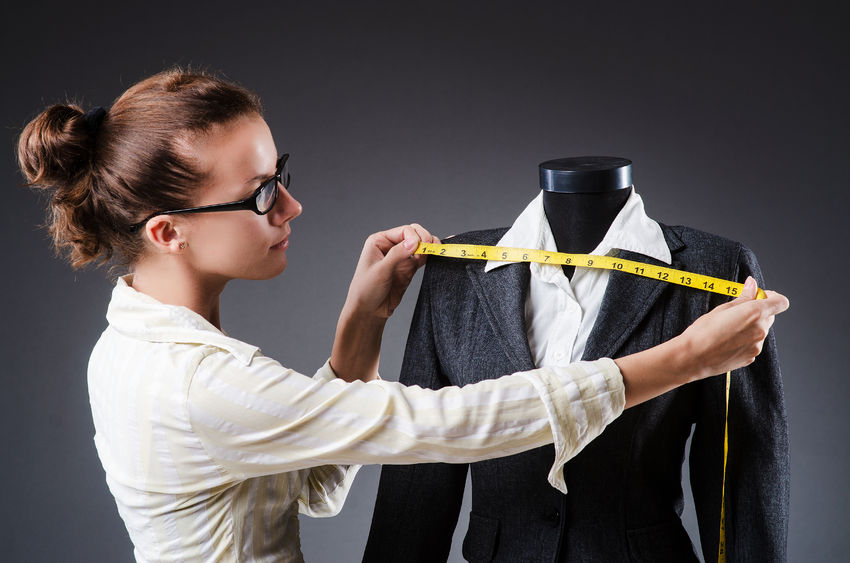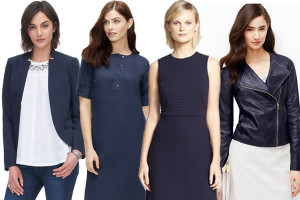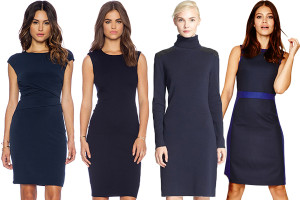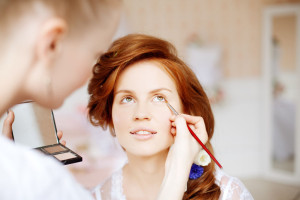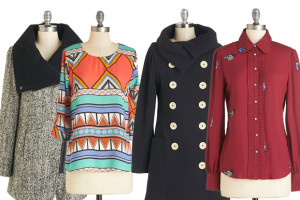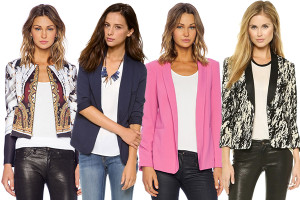How to Stay Fashionable in the Office and Differentiate Between Different Dress Codes
Time to talk about dress codes and office dress etiquette. Dress codes are the set of standards that companies put in place to let their workers know what is acceptable to wear to work and what is not. These standards are simply to project a certain professional look that these companies want portrayed in the office. While many places have very specific policies, most companies will give you dress codes that fall under the categories of formal business, business casual, and casual.
Formal Business. 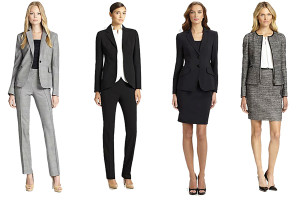
The formal business dress code is the most traditional an conservative dress code. Everything is expected to have a tailored look and give the appearance of a sharp, professional businesswoman. To achieve that, you’ll to need to invest in a few pant suits and skirt suits in black, navy blue and grey. These are a formal business suit staples, along with simple ‘to-the-knee’ dresses and a tailored blazer. Stay away from pants that are baggy; your pieces should be tailored to look sharp and sophisticated. Don’t give off the appearance of sloppy in a formal business environment. Have the word conservative in the back of your mind while shopping for these pieces. A formal business look is one of the classiest looks because it’s meant to present you in a way that says you are ready to meet with your executive team or meet with customers at any moment.
Tips to Remember:
- Nothing should ever be tight or revealing in the office.
- Neutral colors are an easy palette that can be built off of.
- When you have a lot of neutral colors, you have more staple options that can be mixed and matched.
- Try having suit pieces that can be interchangeable and match them with some simple blouses.
- Simple and delicate jewelry can be worn just nothing too flashy.
- Shoes that do not show too much of your feet, like closed toe heels.
- Flats are generally not considered business, if you don’t like wearing heels, go for a short kitten heel.
Business Casual.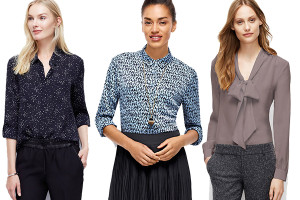
Business casual is a little more comfortable than formal business attire. The staple suit pants and a blazer are not always necessary, but you can use your business as separates to achieve a more casual look. Tailored slacks and a blouse are always a good option to wear to work, but the rules for nothing too revealing or tight are still in place; do not show any bare shoulders or too much leg. When picking out pants do not make the mistake of picking capri-pants or Bermuda shorts. While these are usually to the knee, most companies would rather you stick with slacks because they are more appropriate for an office environment. Leave the shorts for outside of the office. Some companies will have exceptions, such as casual Friday, and that is the only time it is acceptable to wear jeans. Despite all that, you can still wear dresses or skirts as long as they fall to the knee. In business casual you have a little more variance in clothing, like the options between sweaters, cardigans, or blazers as an outerwear.
Tips to Remember:
- Tank tops and t-shirts are not appropriate for business casual.
- Always make sure to wear something over your tank top.
- In a business casual dress code you have a little more room to style your outfits with more colors and prints. Just make sure not to wear the brightest colored shirt that you can find.
Casual.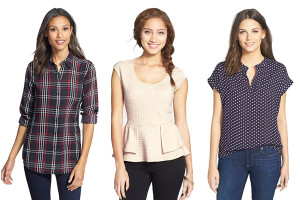
Casual dress code can be a little tricky to master, make sure that you do not mistake it as an acceptable reason to wear your weekend lounge-wear to the office. Looking sloppy is never acceptable in the work place, and your clothing should be practical and appropriate for your work setting. No sweats, leggings or sweatshirts should be worn to the work place. Slacks are still acceptable, and jeans are now as well in a casual dress code. You have more options with the casual dress code, but the rule of not wearing anything too tight or revealing is still mandatory. Blouses are always a great option to pair with dark colored pants or dark jeans. Tank tops should still be worn with a sweater or blazer over them, and never any spaghetti strap tank tops. Light blazers are great to wear over t-shirts or tank tops to maintain a professional look. Keep it casual, yet classy.
Tips to Remember:
- No sweats, leggings, or sweatshirts
- Nothing too tight or revealing
- Never wear spaghetti strap tank tops to work
TAGS: style guide tips
 Effective Communication
Effective Communication Women Making History
Women Making History Grants & Funding Sources
Grants & Funding Sources Interview Prep
Interview Prep Impactful Leadership
Impactful Leadership Dressing for Work
Dressing for Work Dressing for Your Style
Dressing for Your Style Interview Style Tips
Interview Style Tips Women's Stocking Stuffers
Women's Stocking Stuffers Gift the Busy Traveler
Gift the Busy Traveler Airport Layover Activities
Airport Layover Activities Traveling & Eating Healthy
Traveling & Eating Healthy Travel Like a Boss Lady
Travel Like a Boss Lady The Dual California Life
The Dual California Life Gifts for Thanksgiving
Gifts for Thanksgiving Summer Reading List
Summer Reading List Top Leisurely Reads
Top Leisurely Reads New Year, New Books
New Year, New Books Life Lessons from a Sitcom
Life Lessons from a Sitcom Oprah, Amy or Amal?
Oprah, Amy or Amal?





